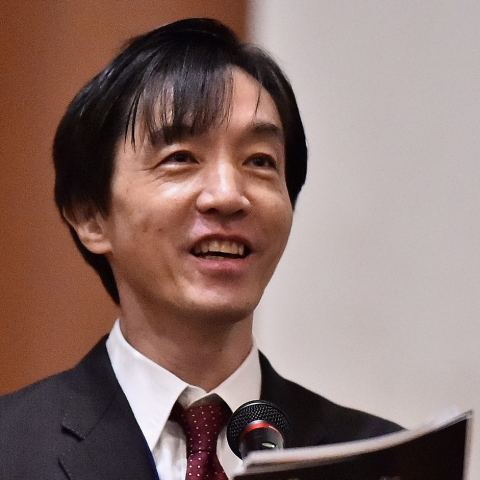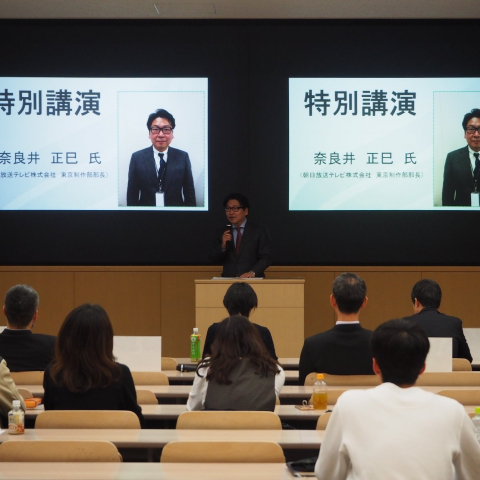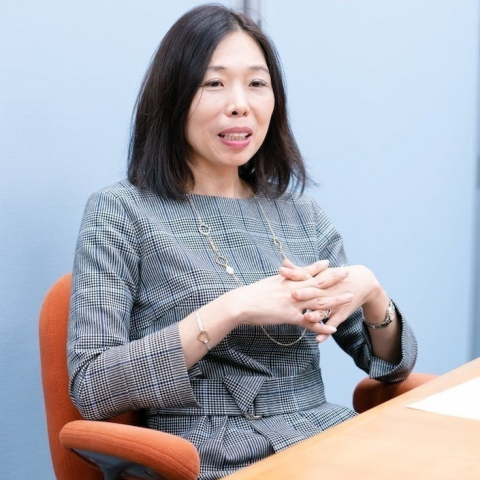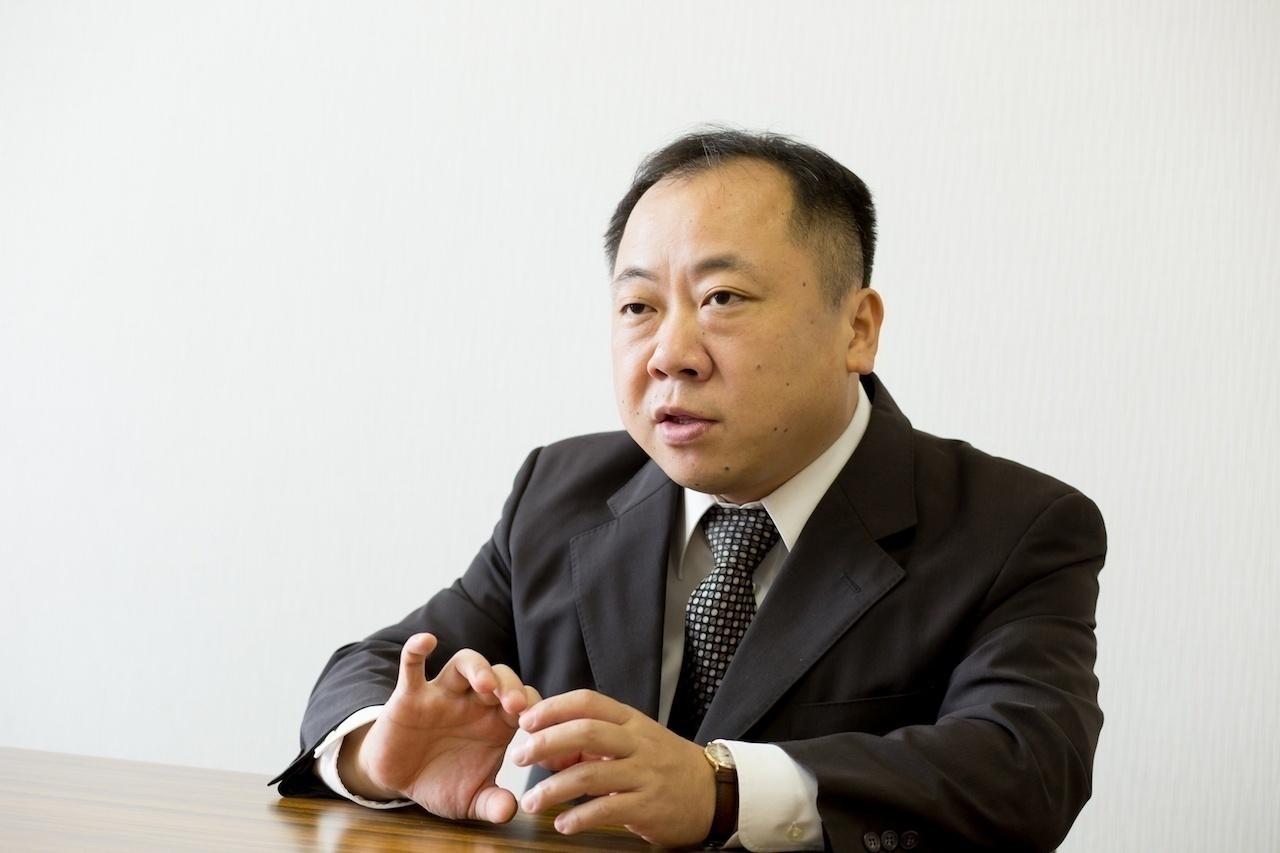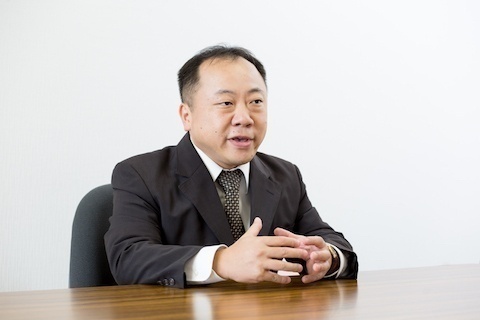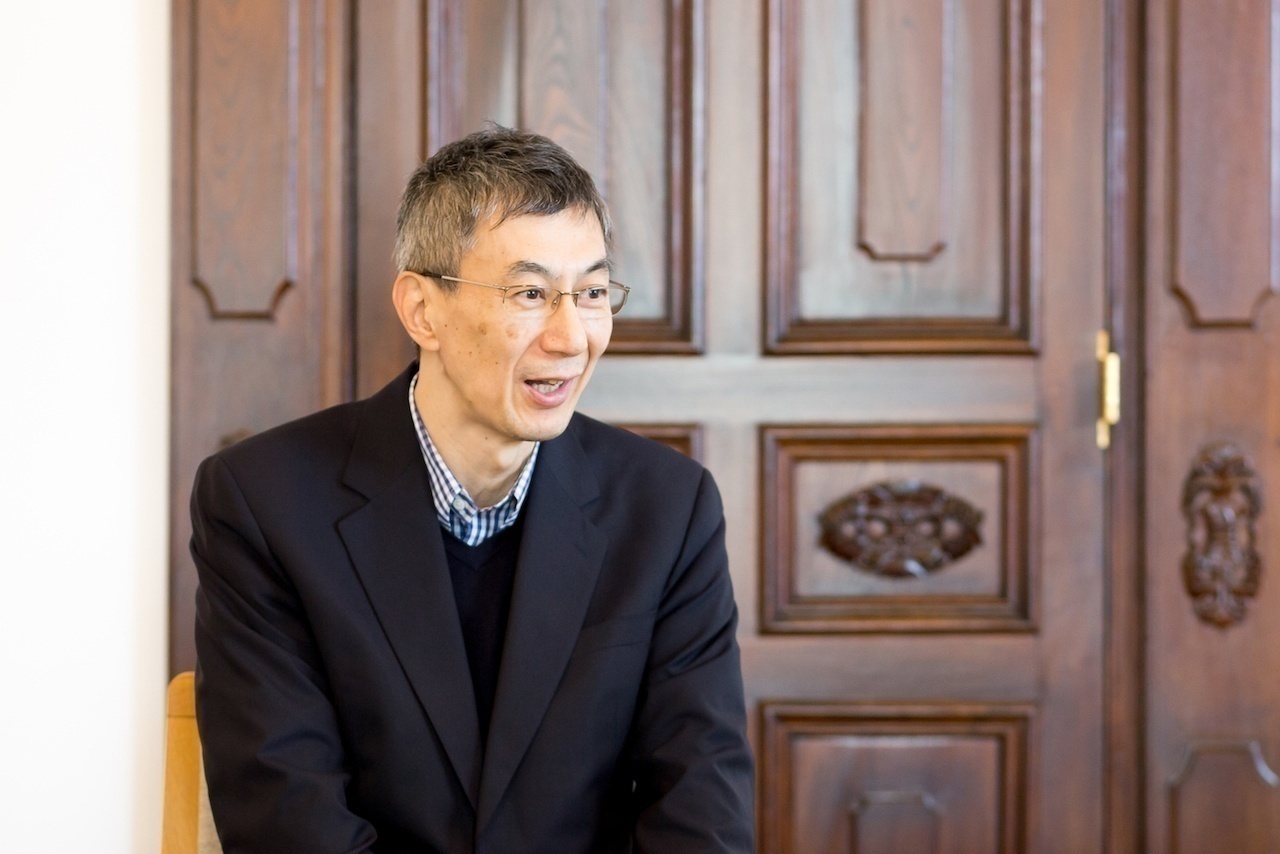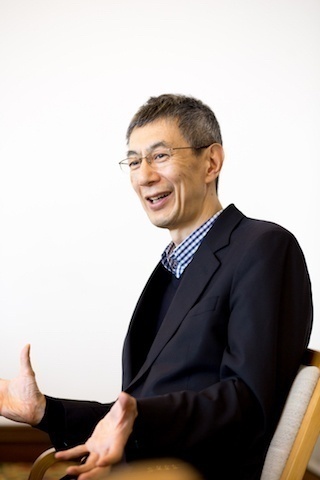Interview with Dialogical Communication Unit Director | Criminology Research Center, Ryukoku University
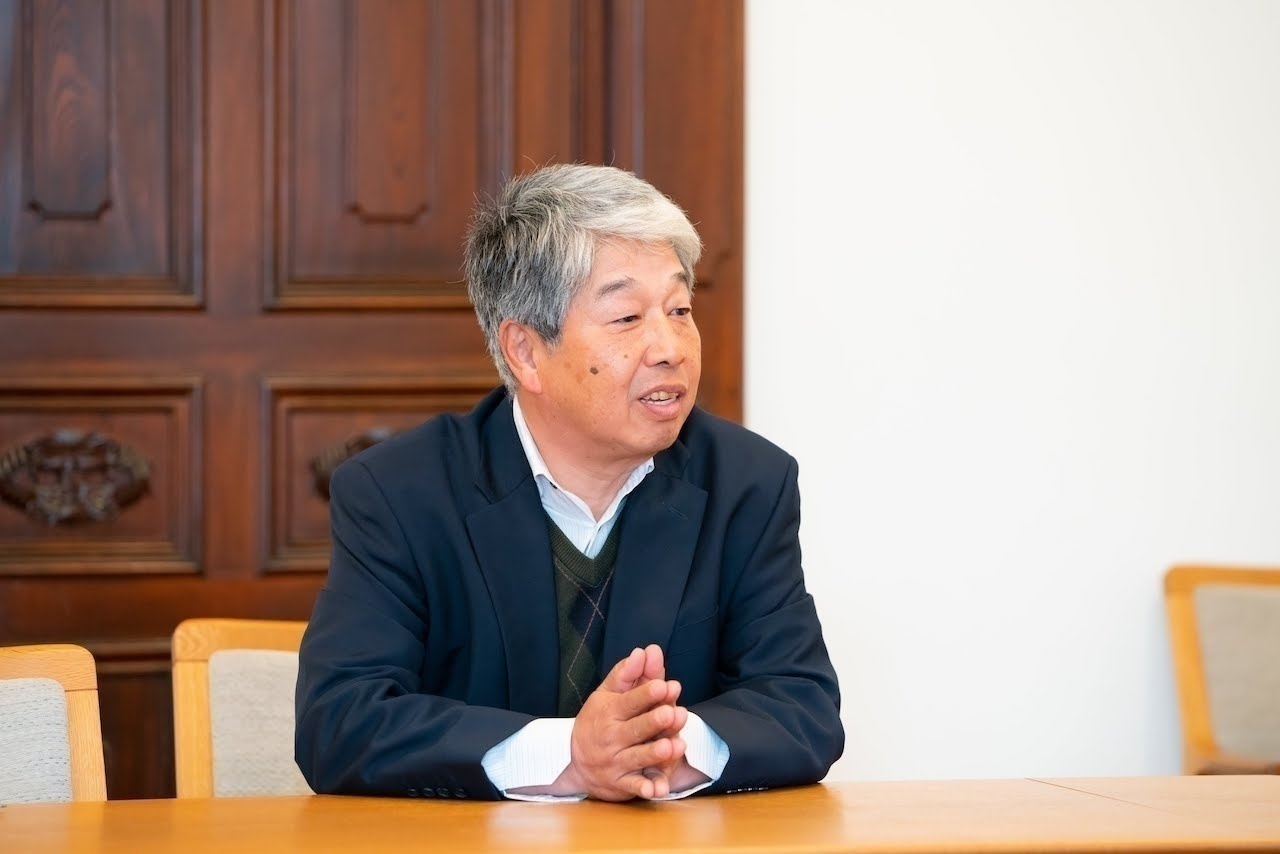
Prof. Satoru YOSHIKAWA
Prof. Satoru YOSHIKAWA
Professor, Department of Clinical Psychology, Faculty of Letters, Ryukoku University; Director, Dialogical Communication Unit, Criminology Research Center
[Profile]:
Not only an educator, Satoru Yoshikawa also takes on multiple cases daily as a clinical and medical psychologist. An advocate of the systems approach, which is a form of psychotherapy which was developed from family therapy.
Considering Crime in the Context of Mutual Interactions and Not the Individual
What kind of communication improves the effectiveness of recovery support and the initial process of reintegrating criminals back into society? My research is aimed at building supportive relationships using dialogical communication practiced in clinical psychology.
This research is based on a systems approach, which is a methodology of human service that developed from family therapy. The systems approach first involves understanding the circumstances between the people concerned, then intervening directly in mutual interactions between these people to change their relationships. In focusing on the relationships that encompass and include a given person, the systems approach is a complete departure from the methodology used by conventional clinical psychology that is based on individual psychology. Individual psychology assumes that humans have fixed characteristics and people behave in the same way under the same circumstances, but I reject this assumption. People display a variety of patterns of behavior because our resources and criteria for decision-making are circumstantial and always changing based on our relationship with our surroundings. The suppression of deviant behavior is not accomplished by the individual alone but within a given context of surrounding relationships. Rehabilitation support has so far focused on who is the cause of problems and why they occur, but the systems approach looks at what actions occurred in what circumstances under the mutual interaction of multiple people.
The Necessity of Social Networks in Preventing Social Isolation
The goal of the systems approach is behavioral change of the subject that amounts to the subject adopting socially appropriate behavior. Dialogical communication is a good way of achieving this goal. Dialogical communication is not simply an exchange of information about experiences and emotions in conversation, but a dialogue that fosters engagement with others through communication. For example, by asking someone “What do you prefer to be called?” rather than asking “What is your name?”, you prompt the subject into thinking before responding. The subject is presented with a variety of ways of viewing matters to prompt self-reflection on a deeper level and, by creating a reciprocal situation through dialogue, altering their presumptions.
From the standpoint of the systems approach, rehabilitation involves reintegrating the subject into a social network, hence how a subject connects with their surroundings is important. By contrast, when considering rehabilitation from the point of view of correction and rehabilitation, facilitating dialogue and fostering a means of building a social network are huge challenges.
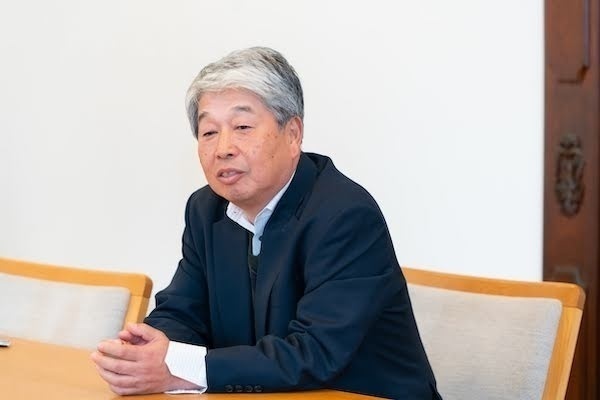
Studying Endeavors in the Field
By bringing the achievements of the systems approach and dialogical communication to a wider audience, we may be able to change how correction and rehabilitation are implemented on a practical level. To date, I have been spreading this clinical skill via training aimed at volunteer probation officers, judges, and family court probation officers. After forming connections with a large number of probation officers, I plan to research the practical adoption of the systems approach. I intend to verify differences with conventional psychotherapy and demonstrate the beneficial effects of the systems approach in concrete data. For now, I am examining how to obtain consent to conduct this research in the field.

